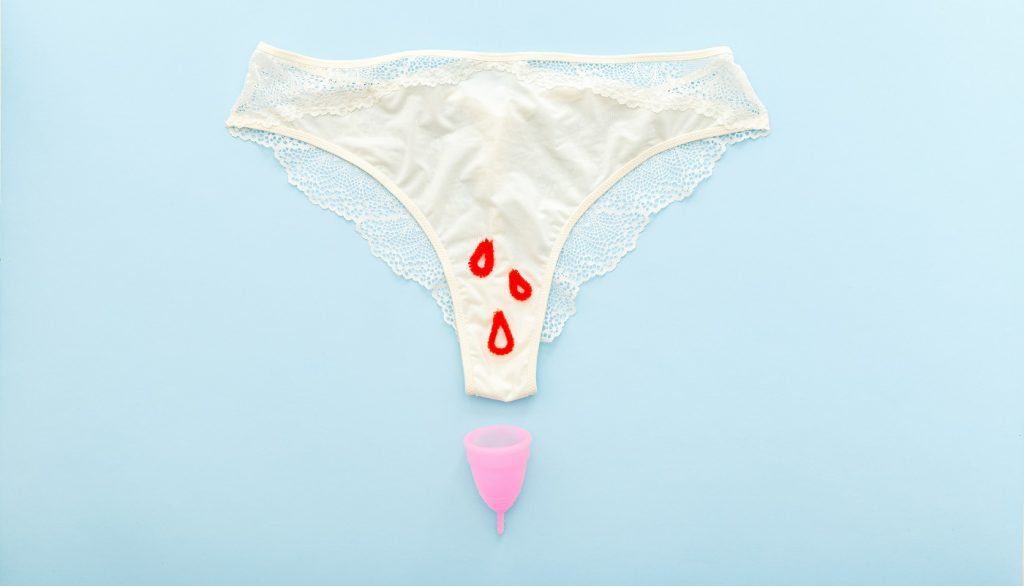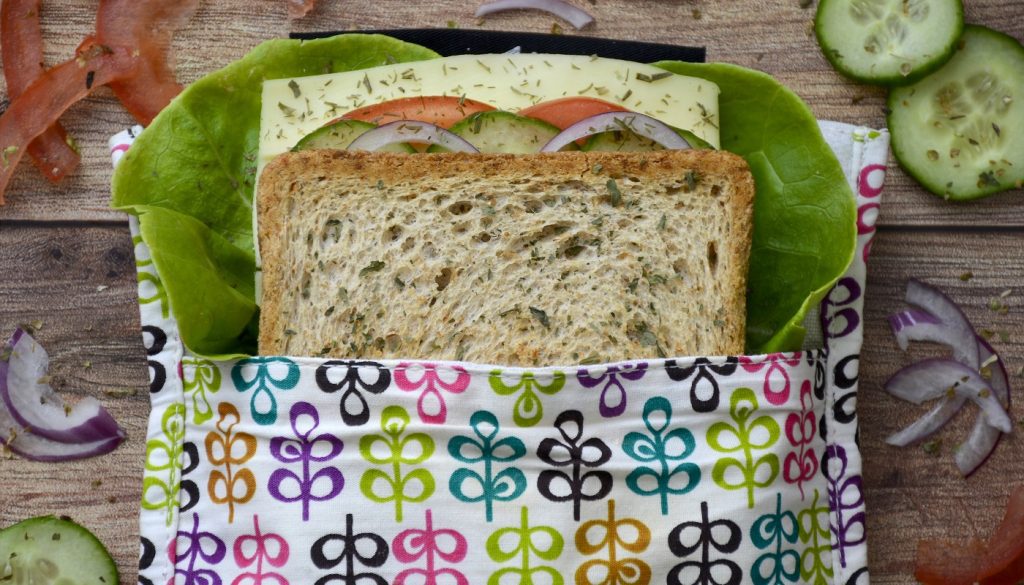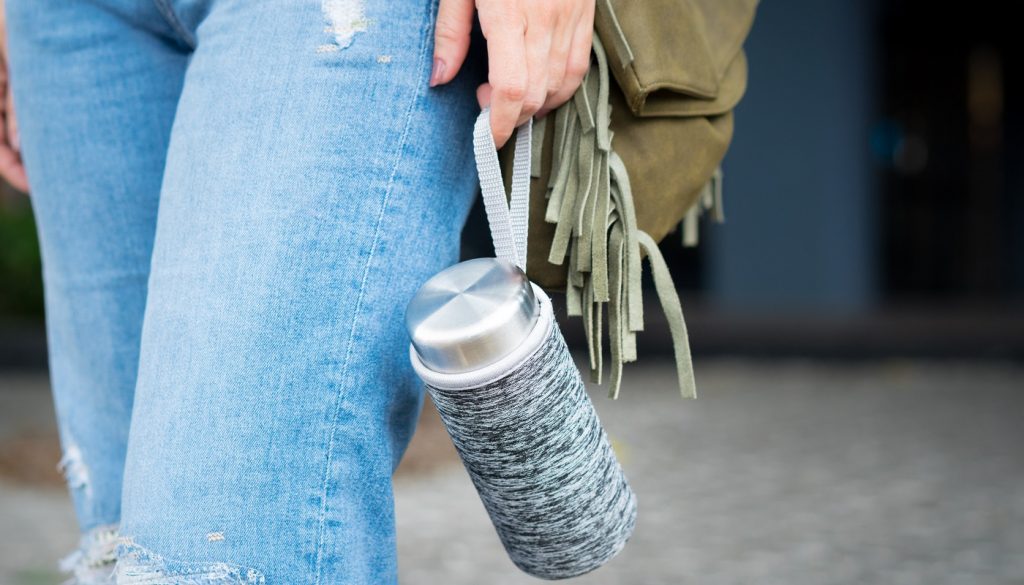Within the last seventy years, humans have created over 6 billion tons of plastic. Of that 6 billion only 21 percent has been disposed of properly. While the other 79 percent is either piled up in landfills or put right back into the environment.
With our plastic problem decades past out of control we have looked for any and all substitutes to ease us out of our addiction. From hemp to bamboo and everything in-between. They all have their niche uses but nothing has been able to hit mainstream. Until now.
Silicone products have been giving plastic a run for its money. It has a wide variety of applications and is very durable. As you continue on your eco living journey, you might wonder…are we just trading one type of pollution for another? Or is silicone really the eco-friendly material we’ve been waiting for?
What is silicone?
The silicone products we know come from a synthesized version of the element silicon bonded with oxygen atoms for strength and elasticity. Due to its semiconductor capabilities, it is used in many types of technology; from aviation to phone electronics. That’s all well and good but we’re talking about your eco-footprint. Will using silicone products put you on the path to a greener lifestyle?
Is silicone eco friendly?
Silicone is in fact more eco-friendly than plastic. From its quality to how it’s sourced, silicone puts less strain on the environment compared to plastic. Although silicone products overall are great, they do have some drawbacks. Which we will discuss below.
Is silicone a sustainable material?
Silicon is the second most abundant material in the earth’s crust behind oxygen. With silicone making up over 28 percent of the crust you can be confident that the mining of silicone is sustainable. Even with the fact that only silicon found in quartz (SiO2) is normally used in silicone production; that is still a massive amount of material to work with.
Production of silicone
On the production side, Silicone does have some issues.
- Coal and wood chips are used in the production of silicone.
- Silicone creation requires a large amount of energy.
The quartz is put into an industrial furnace with coal and wood chips. This allows the oxygen to be removed and released from the silicon. The furnace is then heated too around (2000C). The process requires 10-12 Megawatts per hour, per ton of quartz. This is the energy equivalent of powering 3,300 homes for one hour. A massive amount of energy. The pure silicon is then ground and put through a separate process creating the malleable liquid for commercial use. While not perfect, the silicone production process does cut down on fossil fuel usage compared to plastic.
Plastic vs silicone production
Plastic production on the other hand is almost exclusively made of petrochemicals. These petrochemicals are the products of fossil fuel refining.
Plastic production creates a cycle where:
- Fossil fuels are mined.
- Fossil fuels are processed into petrochemicals.
- Petrochemicals create all the plastic that ends up in the environment.
Every step of plastic production harms the environment. Silicone production does not follow that same path.
Can silicone be recycled?
The short answer is no. Silicone cannot be put in the recycling bin and be sent off to be recycled. It requires special facilities and there are only a dozen centers in the United States. Most are privately-owned companies and similar waste startups that deal mainly in commercial silicon recycling.
At those centers the low-quality silicone can be downcycled into items like silicone sealants or playground flooring. The high-quality products can be recycled into almost virgin silicone to be made into the very same products it came from. This means a silicone spatula can begin a new life cycle as another spatula.
This is a far cry from plastic recycling. Where the majority is downcycled. Plastic recycling also has the presumption of being a straightforward process. When it’s not. The spectrum of plastic quality is so vast that you have 7 symbols that determine if the plastic can be recycled.
Is silicone long-lasting and durable?
What makes the recycling and production issues easier to swallow is that high-quality silicon products last a LONG time. Upwards of 10 years with proper use. They retain their shape longer compared to their plastic counterparts. Silicone products are also highly resistant to temperature. Their extremely moldable nature allows for uses in all types of products. From the freezer to the oven and even the great outdoors. Silicone products are up for the task.
Does silicone biodegrade?
Silicon products do not biodegrade as they are still synthetic products like plastic. They are also not photosensitive so exposure to the sun will not break them down. However, this is not necessarily a bad thing.
Do silicone products harm the environment?
Unlike plastic, silicone products do not break down into micromaterials that harm the environment. It also does not produce any off gasses that are harmful. The gasses silicone products produce breakdown when exposed to sunlight. This process occurs very quickly, and the products of these gasses are simple silicon and oxygen.
Is silicone better than plastic?
Here is a quick summary of silicone vs plastic.
Silicone:
- Requires fewer fossil fuels
- Comes from an abundant and natural resource
- Has a long life span
- Recycling is more limited
- Safe for cooking
Plastic
- Requires more fossil fuels
- Is created from a resource that is more limited
- Doesn’t last as long
- Recycling is easy
- Can cook with it, but it’s not ideal
Throughout its lifecycle, silicone is far less an environmental issue than plastic. And it all stems from what purpose each material must achieve. Plastic was made to be mass produced cheaply and quickly discarded. It was created with no thought given to its environmental impact. While silicone products are made to last with a high standard of quality. Silicone was also created with all the knowledge we have about plastic and its drawbacks. And it shows. Especially in the kitchen.
Are silicone materials safe for cooking?
Yes, they are. And better than plastic if I might add. Having worked in kitchens I know if a silicone product is up to the task. Here are some tips for switching to a silicone kitchen.
- Only buy products graded food or medical safe. These are the types of products used in medical implants and quality cookware.
- BPA free only.
- If your silicone starts to smell a little funky, throw it out. This can occur if misused, defective, or graded below food grade.
- Each product has a quality temperature range so make sure to read the label and use it appropriately.
- Going off that; don’t use any silicone products over an open flame. Open flames warp anything, including silicone.
Although silicone products take a bit of getting used to, they absolutely give their plastic counterparts a run for their money.
What silicone products are best for living a zero waste lifestyle?
Are you striving for the zero-waste lifestyle? One of the best places to start is the kitchen. Zero waste cooking requires your whole kitchen to be in sync. From the cooking process to the tools you cook with. No matter what your needs in the kitchen are. Silicone products can inch you closer to the lifestyle you want.
Here are a few items to replace with silicone in your home.
1. Ice cube trays
Getting ice cubes out of a plastic tray is always risky. Ice cubes hitting the floor and a broken tray is usually the result. Silicone solves that problem. Silicone trays offer the right balance between firm and flexible. Firm when in the freezer to keep shape and flexible when popping out the cubes for your nice cold drink.
2. Food storage containers
If you are anything like me, you have 100+ food storage pieces from every take-out ever. They are all varying sizes and have seen better days. While I suggest using your plastic collection till it gives you issues. When it does, switching over to silicone food containers can give you a clean, organized, and long-lasting set.
3. Any and all cooking utensils
Silicone utensils can take a beating. They don’t suffer from frayed or torn edges like plastic utensils do. This means they will look the same from the first use through the hundredth. These utensils also have a rigid style not commonly found in plastic.
We all know the pain of trying to stir pasta into sauce and the neck of the plastic spoon is bending 90 degrees back. Silicone removes that issue and sets a level of consistent quality that plastic can’t compete with.
4 criteria every good silicone product should have.
There are more good silicone products than bad, but it never hurts to be mindful of what you’re buying. That’s the whole point of being eco-friendly after all. Here are some ABSOLUTE musts your silicone products should have.
- No BPA.
- Food or medical grade.
- Offers a temperature range suitable for your needs.
Here’s what to look for when buying silicone products from Amazon
If you’re like me then the first place you’re going to look for silicone products is Amazon. But how will you know what products you should buy? Below I’ll walk you through what to look for so you can make an educated purchase.
For this example, I am using a random spatula off amazon and seeing it is a good silicone product.
This spatula very clearly states its grade, temperature range, that it will not warp or discolor. Let’s look at our checklist to see if it hit all the marks.
- BPA Free: ✔️
- Food or medical Grade: ✔️
- Temperature range: ✔️
- Shouldn’t smell (claims no discoloration or warping): ✔️
This product includes everything needed to be a high-quality silicone product. A safe purchase.
Keep in mind not all product descriptions are going to be as well laid out as this one. That doesn’t necessarily mean it isn’t worth the buy. It just means you will really have to comb through the page.
Conclusion
Overall silicone products get an A+ straight down their report card. They have everything going for them. Silicon is a sustainable and abundant resource with very little chance we could ever run out. Silicone production uses minimal fossil fuels. While the products are made to last and don’t pollute when thrown away. If you’re looking to make your house greener, silicone products can absolutely help push you in that direction.





